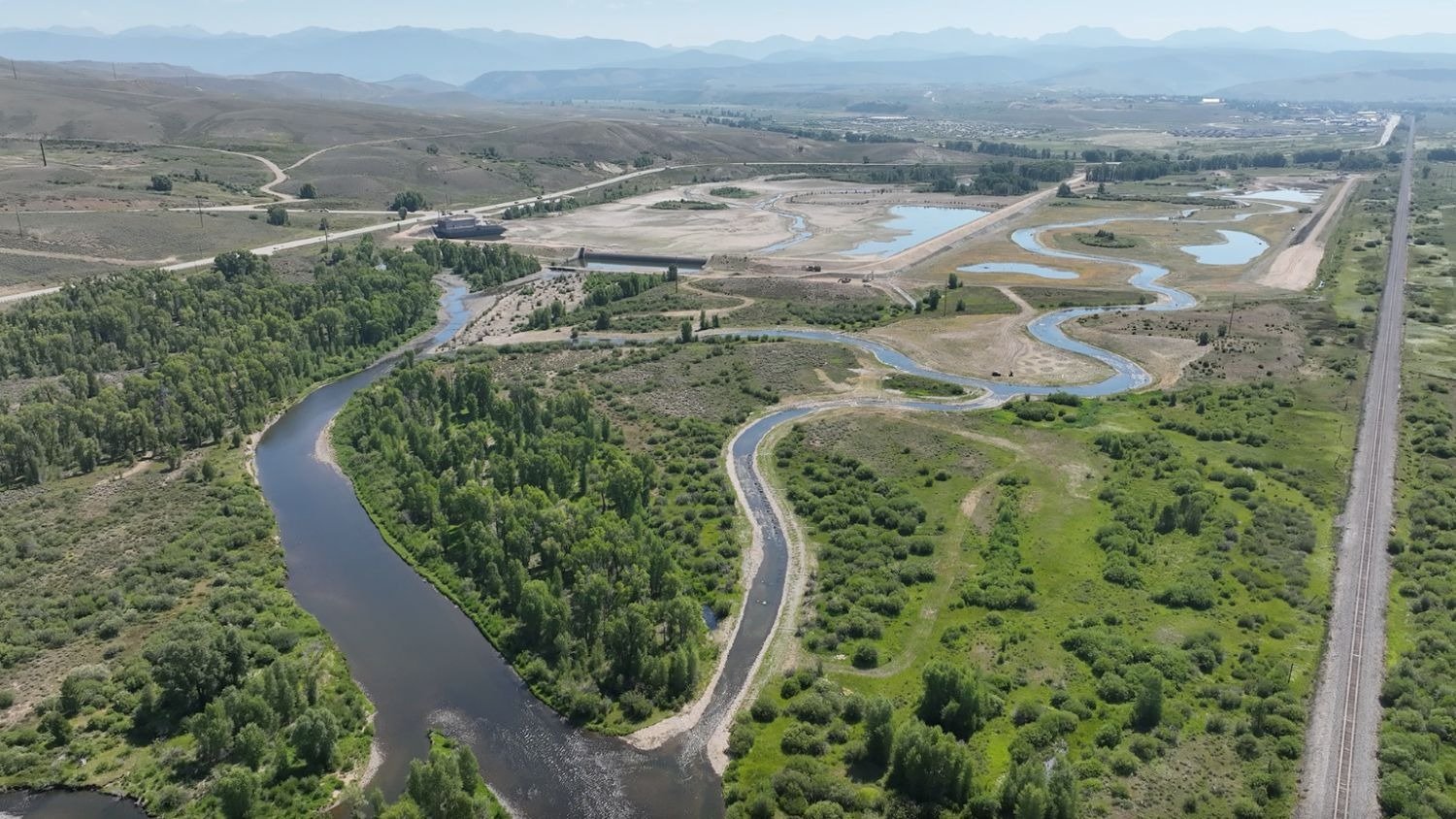“There is increasing concern about whether the wells should be regulated. In a report earlier this year, Trout Unlimited’s Western Water Project said unregulated wells represent a growing threat to wildlife habitat.”
By CHRIS WOODKA
THE PUEBLO CHIEFTAIN
Well pumping in the Arkansas Valley has been reduced by a significant amount as a result of changes in regulations that began more than 40 years ago and were accelerated by an interstate lawsuit in 1985.
At the same time, smaller wells exempt from regulation are growing in numbers. Although the volume pumped in those wells is small, there’s a lot of them and their impact could add up.
Prior to 1985, wells pumped an average of more than 150,000 acre-feet of water per year, sometimes up to 200,000 acre-feet. Since then, it’s dropped to 110,000 acre-feet, Water Division Engineer Steve Witte told the Southeastern Colorado Water Conservancy District board Thursday.
“We’re down . . . because administration has diminished the amount available for pumping,” Witte said.
The push to regulate wells first came in 1965, eight years after the state engineer was given responsibility for groundwater flows along with surface water rights administration. Permits were issued for the first time.
After a state Supreme Court ruling in 1968 diminished the state’s authority to regulate wells, the Colorado Legislature passed new laws, leading to regulations put in place during the 1970s. Those regulations permitted pumping three days in seven, but did not limit volume.
Kansas filed a U.S. Supreme Court lawsuit in 1985, prompting closer attention to well regulation. That led to measurement rules in 1994 that required wells to be measured either physically or through a coefficient.
After the U.S. Supreme Court ruled in 1995 that Colorado well-pumping violated the Arkansas River Compact, the state adopted well rules that required augmentation of groundwater depletion to surface flows.
“There has been a big learning process to get people to think about the pumping that occurs today,” Witte said. “The total depletions include the effects on streams from pumping that may have occurred two months ago.”
The 1996 rules apply to the larger wells in the basin, which include both irrigation wells and some municipal wells. Three well associations provide augmentation for 1,880 wells in the valley.
Augmentation plans come in three types, Witte said.
The first are decreed augmentation plans, which are taken through water court. An example would be the Upper Arkansas Water Conservancy District’s blanket augmentation plan, which specifies how much water will be depleted and which sources of water will be used for augmentation.
“There are numerous decreed plans,” Witte said.
Throughout the valley, there are 2,910 domestic wells covered by augmentation decrees, Witte said.
The second category are substitute water supply plans. In 2006, such a plan was challenged by cities and senior irrigators in the South Platte basin, creating a crisis when the state engineer ordered 400 wells shut down because they had not obtained decrees after relying on substitute water supply plans for years.
In the Arkansas Valley, the substitute water supply plans for wells have been for emerging or variable uses like hog farms, gravel pits or the ongoing water purification operation at Pueblo Chemical Depot that came into existence after the 1985 case was filed. Most of those eventually will be required to have a decreed augmentation plan.
“He have the advantage of being able to have flexibility in dealing with these wells, so we won’t have the same sort of problem seen in the South Platte,” Witte said.
The final category are “Rule 14 plans,” so-called because the 14th rule in the 1996 regulations spelled out conditions of augmentation. They exist only in the Arkansas River basin as a specific response to the Kansas lawsuit.
The well associations are required to file annual reports on pumping, as well as meeting other criteria.
“Rule 14 plans will probably be around forever,” Witte said. “They are in a sense dealing with older wells. We’re trying to force the newer wells to file for a decree.”
Reduced pumping from wells may simply have changed the way water was used in cases where senior water rights holders also have wells.
“A lot of the water being pumped by wells was depriving senior surface rights within Colorado,” Witte said. “But it becomes a scrambled egg. If a senior irrigator gets less water down the ditch, he pumps more.”
That depends on location, however. On ditches where water supply was more reliable, like Rocky Ford Ditch, wells never played a big part. In other cases, it was difficult to find a place to drill a well, Witte said.
Witte said his staff has located 4,566 high-capacity non-exempt wells that are subject to the rules, with 2,567 apparently inactive.
Smaller wells are exempt from the well rules, but still require permits. There are about 31,600 in the Arkansas basin, not including wells that were built before 1965 and may still be in use.
Domestic wells with under 50 gallons-per-minute capacity in use prior to 1971 are exempt. Additionally, domestic wells under 15 gpm in use since 1971 on lots larger than 35 acres are exempt. Certain commercial wells with minimal use are also exempt, Witte said.
There is increasing concern about whether the wells should be regulated. In a report earlier this year, Trout Unlimited’s Western Water Project said unregulated wells represent a growing threat to wildlife habitat. In Pueblo County, exempt wells have created concern about development near Beulah.
“If you have 100 15 gpm wells, you have a 1,500 gpm well,” Witte told Southeastern Thursday, only half-joking.
He explained that most of the smaller wells are not in continuous use like the larger wells.
“I do suspect the day will come when we regulate them, but I don’t know what form it would take,” Witte said. “It’s unlikely we’d take the same approach. One approach might be to grandfather everything that exists now and then make no further exemptions.”
PUMPED UP
Three major well associations file augmentation plans with the Colorado Division of Water Resources each year, accounting for most of the groundwater pumping in the Arkansas River basin. Here are 2007 requests.
|
Well association
|
Wells
|
Amount
|
|
Lower Arkansas Water Management Assoc.
|
520
|
58,000 af
|
|
Colorado Water Protective & Development Assoc.
|
1,033
|
46,000 af
|
|
Arkansas Groundwater Users Assoc.
|
327
|
7,000 af
|
Amount figures are projected, in acre-feet.
An acre-foot is 325,851 gallons.







